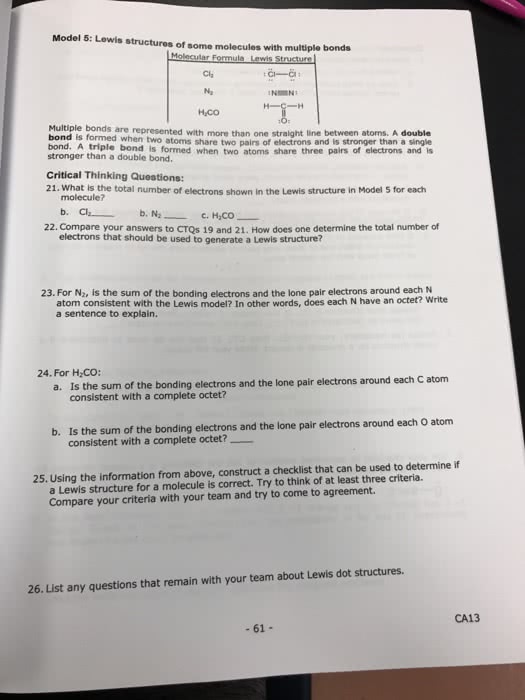CHEM 1000 Chapter Notes - Chapter 10: Chemical Bond, Bond Order, Electron Configuration
Document Summary
Lewis theory: electrons, especially those of the outermost (valence) electronic shell, play a fundamental role in chemical bonding, in some cases, electrons are transferred from one atom to another. Positive and negative ions are formed and attract each other through electrostatic forces called ionic bonds: in other cases, one or more pairs of electrons are shared between atoms. A bond is formed by the sharing of electrons between atoms called a covalent bond: electrons are transferred or shared in such a way that each atom acquires an especially stable electron configuration. Usually this is a noble gas configuration, one with eight outer-shell electrons, or an octet. Covalent bonding and compounds: octet rule, a requirement of eight valence-shell electrons for the atoms in a lewis structure, single covalent bonding: + there are 8 electrons around the n, but it has 5 to begin with. E. g. in nh4 the hydrogen atoms only contribute 3 of the 8 bonding electrons.


